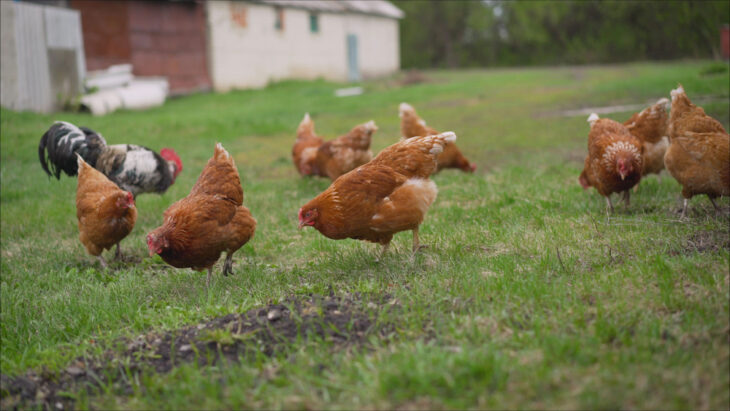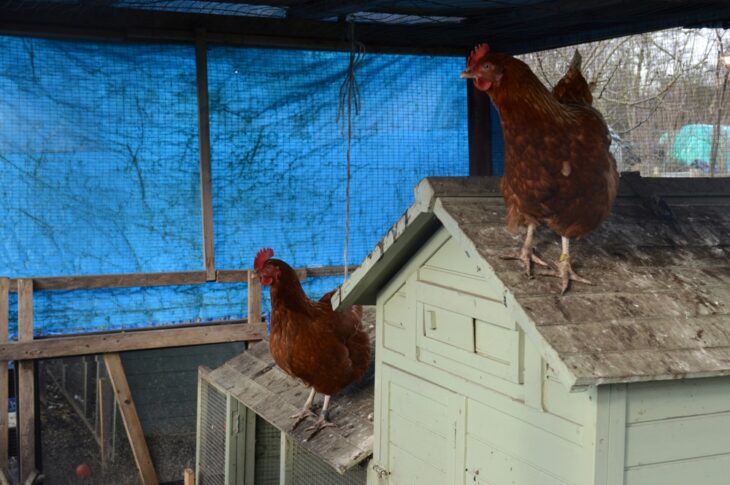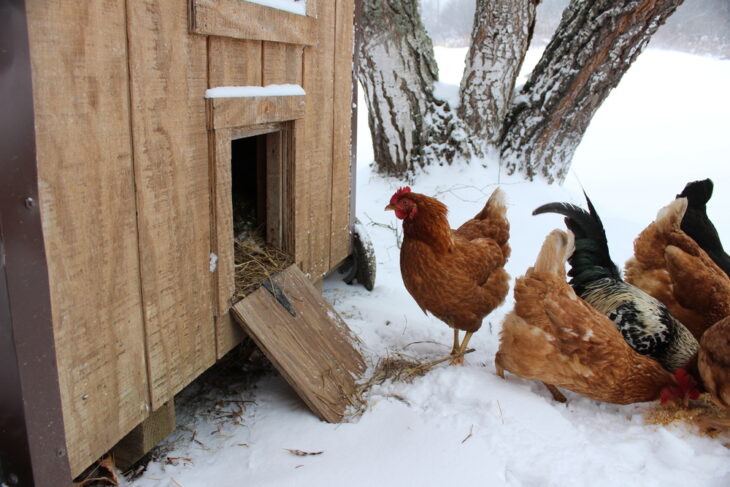When you decide to raise chickens in the city, you’ll need to consider many things, including the rules and regulations, how much space you’ll need, and how to manage them properly.
Chickens come in different breeds, colors, shapes, and sizes, and these details play a role in what they can do for you and how well they can be raised in your environment.
If you’re wondering where to start without getting overwhelmed by the details, then let’s dive in:
Knowing The Rules and Regulations For Rearing Chickens In The City
Before becoming a chicken keeper, you need to understand the laws regarding chickens in the city you live in. These regulations cover a lot of details, and they are as follows:
- If you need a permit to keep chickens in your backyard or within your home.
- You are allowed to keep various types of chickens. Some states regulate keeping roosters, while others allow you to rear any bird you want.
- Space/setback requirements are also a concern. In some places, the size of your chicken coop is a minimum requirement.

Finally, you also need to consider other bylaws and regulations that govern the maximum number of chickens you can keep or even the vaccination requirements. The specific laws of your state are essential because they help you determine what you need and the dos and don’ts before you invest in chickens.
How To Choose The Right Chickens For Your Needs
While it isn’t common knowledge for most folks, there are chicken breeds that would find it difficult to survive in urban settings for several reasons(space, lack of conducive ventilation, and inability to grow due to environmental conditions).
When selecting breeds of chickens in the city, you should consider their size, because smaller breeds tend to thrive more in urban regions when you want to keep larger flocks.
If you want to keep large numbers, Bantam or Serama chickens that grow an average of 6 – 10 inches are your best bets. Bantam layers can give you an average of 4 – 5 eggs weekly, and you can keep them in large flocks for commercial purposes, depending on your state’s laws.
Then there are more standard breeds suitable for small spaces, like the:
- Australorps
- Plymouth Rocks, and
- Rhode Island Reds
These larger chickens are known to be adaptable and can blend into versatile environments. They are also consistent layers, so depending on your chicken needs, they’re a great fit for urban areas.
You need to keep in mind that in addition to their breed and genetics, your chicken feed can also affect the size of your birds and how they are kept, which brings us to our next section — space management.
Space Management For Chickens In The City
Chickens need between 2 and 6 square feet per bird to thrive indoors. However, their space needs in outdoor settings are primarily different and can range from 4 to 12 square feet, depending on the size of the bird.
You need to consider this when building a coop or choosing a space for your chickens in the city where you reside. You can use stacked cages to maximize space or look for large outdoor fields and build a barn if your state’s urban development allows it.

You can also pair this with multiple stories in the barn to allow for more birds. But while doing this, you also need to consider the types of bird predators in your region and predator-proof your coop to protect your birds.
How To Keep Predators Out And Your Coop Well-Managed
City chickens need a lot of space to thrive. They must also be safe from common urban predators like cats, large rats, and people within that space.
For this reason, you need to put careful thought and planning into your coop management and security measures.
Here are some of the best ways you can keep predators out and manage your birds:
-
- Utilize your vertical space: The best way to ensure safety and maximize space is to use climb-proof material to create vertical structures off the ground. You can install nesting boxes, perches, and roosting bars at different heights. Then, use windows or vents at various levels for proper airflow, ensuring that crawling predators cannot easily reach your chickens. Furthermore, you can include a thin mesh in your coop and box designs to prevent unwanted entry.
- Include both sunny and shaded areas: If you are using an indoor setting, you need to account for the lack of sunlight your chickens will encounter and build accordingly. This includes using dust bath spots and scratching areas to create a varied terrain within your chickens’ home. You can also use hardware cloth instead of chicken wire for better protection while positioning the coop door facing southeast to maximize morning sun.
Finally, if you live in a region with flooding scares, lots of rain, or the risk of a water problem, use a higher elevation on the ground to ensure proper drainage. Chickens aren’t water-friendly birds and can get sick and die if they get wet too often or for too long.

A chicken guide provides more resources on caring for chickens, especially if this is your first time. Cold weather isn’t suitable for chickens, so ensure you winterize your coop to protect your flocks from life-threatening risks.
Conclusion
Raising chickens in the city isn’t as complicated as many assume. You just have to plan carefully and adhere to local rules and regulations, which include the coop size, permits, and potential interest of your neighbors.
You also want to ensure you understand the different chicken breeds and sizes. If you live in a quiet area, keeping roosters is unsuitable because of their noise (some states even prohibit their residents from keeping them in the city).
Furthermore, consider getting them accessories to make their coop more habitable, especially when you keep them indoors. Whether in the city or a remote barn, chickens have predators you must always watch out for and guard against. But remember to start small and build up. Happy chicken keeping!
Disclaimer:
We are not veterinarians, and none of our information should be construed as veterinary advice.
Before adding any new product, please consult your exotic veterinarian. If your pet is acting unwell and you have concerns for their well being, please contact your vet immediately.





